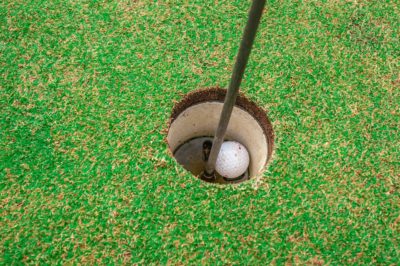Let’s put you in a position to improve your golf game.
Your strength and flexibility are important in proper club fitting, especially regarding your golf swing. In a collaborative series between Mitchell Golf and Smart Strength, Alex Harris of Smart Strength covers four topics that can put you in a better position to improve your game.
Part 3 discusses your swing, proper training, and how it affects back health.
Let’s start by saying there is no perfect golf swing.
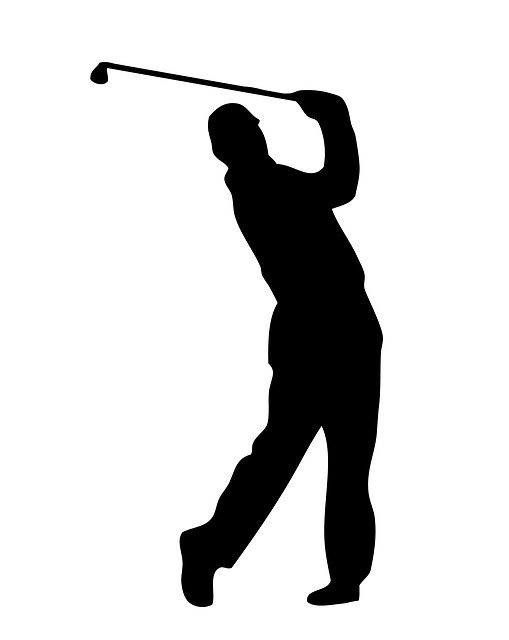 At its base, the golf swing is not a natural motion for our back. No matter how “perfect” your form, your back will get tired and sore if you swing enough times. And almost everyone will undergo periods when their back does not feel well.
At its base, the golf swing is not a natural motion for our back. No matter how “perfect” your form, your back will get tired and sore if you swing enough times. And almost everyone will undergo periods when their back does not feel well.
The golf swing stresses the musculoskeletal system. The spine’s anatomy and attached musculature are not designed to experience repetitive rotary forces. These forces include high speed and large power demands in the form of acceleration and declaration. Therefore, it is so important to properly strength train and coordinate the musculature of the back and core. This will help minimize the stress of the golf swing on the fixed rigid structures of the spine (Bones, discs, and ligaments). In short, we need to train our muscles to do the work of the golf swing, not our spine.
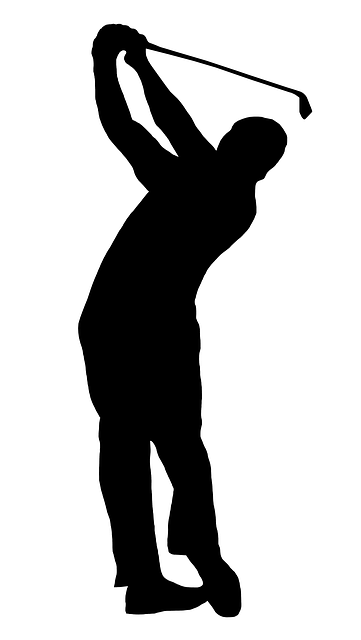 My role as a golf fitness trainer is to push out the number of swings it takes before you reach fatigue and discomfort. Think of it as a simple banking analogy. Strength training and proper swing mechanics can give you a large “reserve” in your swing bank account. This allows us to “withdraw” many more swings before our bank account is empty and we can no longer properly swing.
My role as a golf fitness trainer is to push out the number of swings it takes before you reach fatigue and discomfort. Think of it as a simple banking analogy. Strength training and proper swing mechanics can give you a large “reserve” in your swing bank account. This allows us to “withdraw” many more swings before our bank account is empty and we can no longer properly swing.
We all want to play better golf for longer! So, how do we go about doing that?
I could write a book about this topic, and I probably will before it’s all said and done, but not today. I want to summarize my theory in one word. Balance.
| Balance is also a great philosophy when it comes to actual strength training. Strength training, primarily only one muscle group or plane of motion, will likely create an imbalance. If not corrected, this can slow your progress and even lead to overuse or strain injuries. |
Consider this simple car analogy. If we tune up our sports car’s engine to create a 500 HP supercharged hot rod but leave the stock brake pads and caliper, we will have a catastrophe when we try to come to a screeching halt from 150 mph.
If we only work on one muscle group in one place, we will have difficulty handling the forces it generates on the rest of the body. Especially the deceleration phase. Therefore, balance in our training is so damn important. We need to train the whole body together to couple the newfound horsepower of our swing with an improved, capable braking system. Otherwise, blowouts are bound to happen.
Misaligned equipment leads to stress on other key parts of our body.
Equipment is the other factor in how we play pain-free golf! Making sure our equipment fits our body not only allows us to play the best golf, but it allows us to PLAY golf with the least amount of stress on our bodies.
Unnecessary stress on our wrists, elbows, and back from compensating for misaligned equipment can cost you over the long haul. All those swings add up to a staggering amount of volume and force that can cause injury and less-than-optimal golf performance.
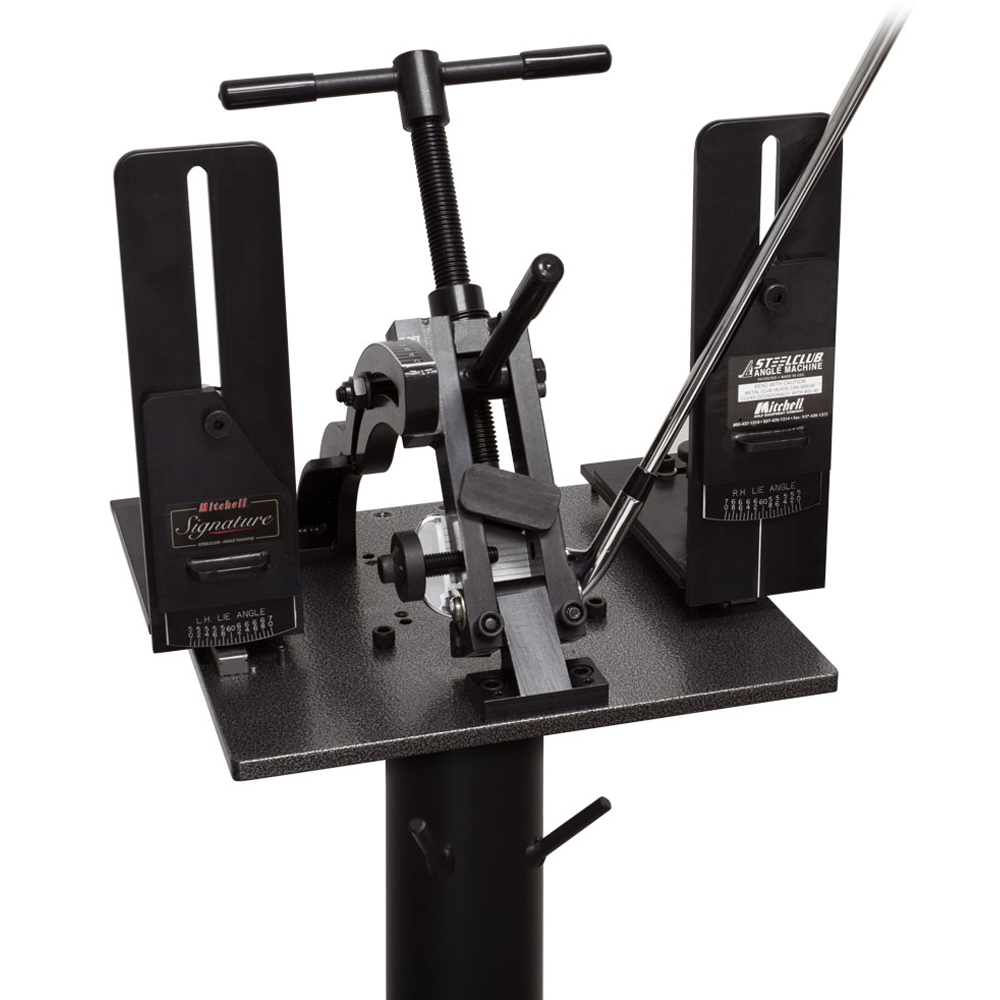
The body/ club connection is only as useful as your equipment. If your equipment is not accurately aligned with your body’s unique anatomy, you leave strokes on the course. Period.
If you are going to take the time to dial in your body with golf-specific training, you need to take the time to dial in your equipment as well.
The importance of proper club fitting.
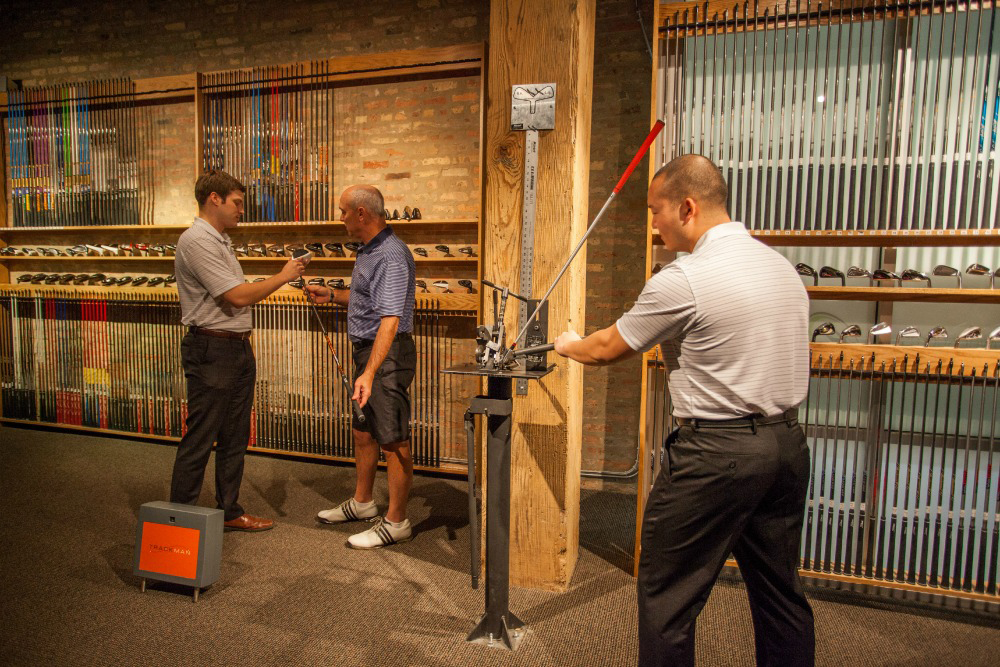 A proper club fitting gives golfers of all skill levels the best chance to make contact in the center of the clubface. The main part of proper fitting involves using an accurate angle bending machine. Adjusting for loft and lie is a crucial component in club performance: The greater the loft of a club, the more effect the lie angle will have on the ball’s direction. Incorrect lie angles will start the ball more offline in higher-lofted clubs, such as wedges, than in lower-lofted clubs, such as drivers. That is why the proper lie angle with your irons is so important: Once the ball is struck, it starts to spin, and any directional problems will be exaggerated due to the ball spinning in the “wrong” direction.
A proper club fitting gives golfers of all skill levels the best chance to make contact in the center of the clubface. The main part of proper fitting involves using an accurate angle bending machine. Adjusting for loft and lie is a crucial component in club performance: The greater the loft of a club, the more effect the lie angle will have on the ball’s direction. Incorrect lie angles will start the ball more offline in higher-lofted clubs, such as wedges, than in lower-lofted clubs, such as drivers. That is why the proper lie angle with your irons is so important: Once the ball is struck, it starts to spin, and any directional problems will be exaggerated due to the ball spinning in the “wrong” direction.
A proper fitting isn’t limited to when you buy a new set of clubs. Body types and numerous other factors can change over time, which requires the golf clubs to be adjusted. If the lie angle of your clubs isn’t matched to your swing mechanics, you are already making the game harder than it already is.
At Mitchell Golf, we want to help every golfer play better and enjoy the game more. If you have a question about golf or Mitchel Golf Equipment, please Ask the Pro. Let’s have some fun out there!

